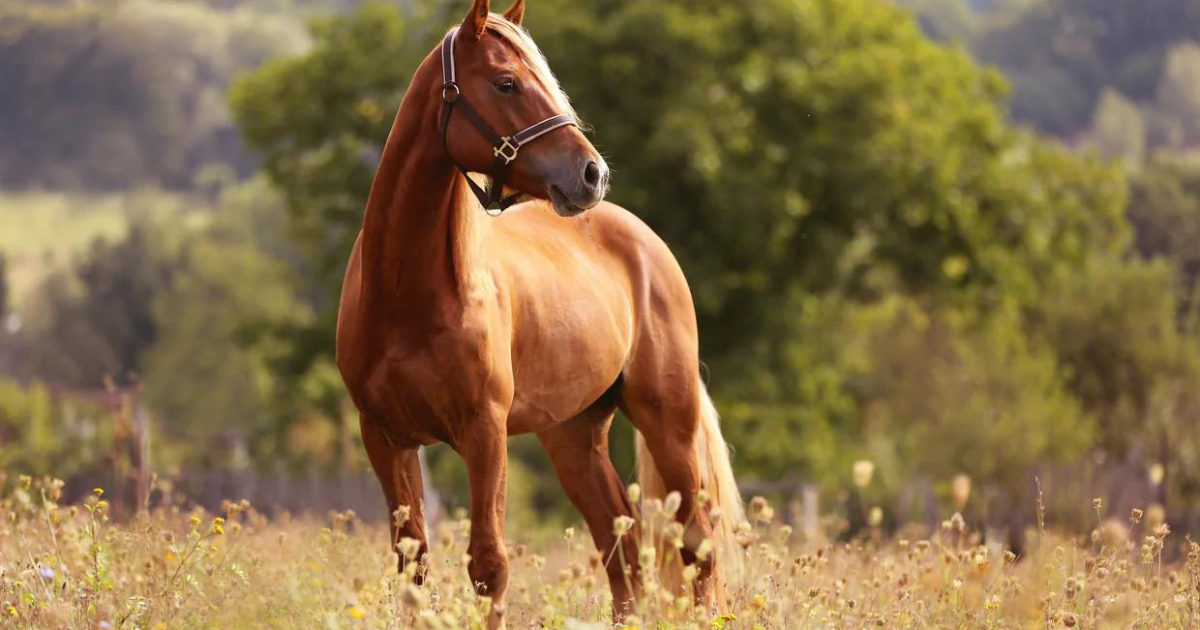If you’ve ever watched a horse race or visited a stable, you might have wondered about the specific names for different types of horses. Understanding these terms can be both fascinating and useful. Today, we’ll dive into the world of equine terminology, focusing on what a female horse is called, and explore some related terms and concepts.
The Basic Terminology
A female horse is generally known as a mare. This term is used to describe an adult female horse, typically over the age of three. The term “mare” is derived from Old English “mære,” which simply means female horse.
What About Younger Female Horses?
Before a female horse reaches adulthood, she is called a filly. A filly is a young female horse, usually under the age of three. This term is crucial for understanding the development stages of horses as a filly transitions into a mare as she matures.
Understanding The Terms In Context
Mare: A mare is a fully grown female horse. She can be of any breed, size, or color, but her status as a mare specifically refers to her gender and maturity. Mares are often kept for breeding, riding, and other equestrian activities. They are known for their gentle nature, though this can vary widely among individual horses.
Filly: The term filly is used to refer to a young female horse. Just like human children, fillies grow and develop into mares. During their early years, fillies are often very playful and energetic. This stage is crucial for their training and socialisation.
Other Related Terms
To fully understand the terminology surrounding horses, it’s helpful to know other related terms:
- Colt: This is the term used for a young male horse, similar to a filly but for males. Colts are young, typically under the age of three, and grow into stallions as they mature.
- Stallion: A stallion is an adult male horse that has not been castrated. Stallions are often used for breeding and can be quite spirited.
Gelding: A gelding is a castrated male horse, which means he has been neutered. Geldings are typically used for riding and work because they often have a more even temperament compared to stallions.
Why Terminology Matters
Knowing these terms helps in various contexts, whether you’re buying, selling, or simply interacting with horses. For instance, breeders and equestrians use these terms to describe and discuss horses accurately. Each term reflects the horse’s age, gender, and sometimes its role or purpose.
Fun Facts About Mares
- Reproductive Role: Mares have a significant role in the breeding world. They carry foals (baby horses) for about 11 months before giving birth. This process is known as foaling.
- Bonding with Foals: Mares are known for their strong maternal instincts. They form strong bonds with their foals and care for them intensively during the early stages of life.
- Behavior: The behavior of a mare can vary widely. Some mares are known for their calm and gentle nature, while others might be more spirited or independent. Understanding a mare’s behavior can help in training and interacting with her effectively.
Conclusion
In summary, a female horse is called a mare, and before she reaches maturity, she is known as a filly. This distinction helps in understanding the horse’s development stage and role. Whether you’re a horse enthusiast, a potential owner, or just curious about equine terminology, knowing these terms enriches your knowledge of these magnificent animals.
By familiarizing yourself with these terms and concepts, you gain a deeper appreciation for horses and their roles in various settings. From breeding to riding, the terminology helps in understanding and communicating about these incredible animals.





